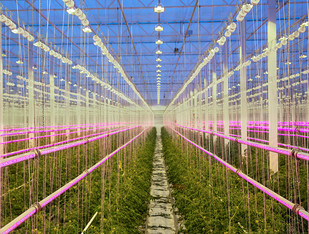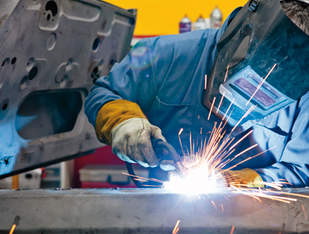- Home
- Home
-
Shop
-
Industries
- Processes
- Gases and Equipment
-
Services
-
Safety
-
Contact & Support
-
News & Media
- Agent Finder
MISON®: 40 years providing welders an improved working environment
Following MISON’s introduction, it was immediately clear that the new shielding gas dramatically reduced ozone levels near welders, reducing eye and throat irritation – and coughs – often suffered by welders. Ever since its introduction, MISON remains a product unique to Linde Europe North. Forty years on, fully 80 percent of shielding gas customers now choose the premium MISON shielding gas.
Why is it so important to eliminate ozone?Ozone is a strongly oxidizing gas. According to EEA (European Environmental Agency), an environmental body within the EU, ozone is dangerous to health. Typical symptoms of short-term ozone exposure include eye and throat irritation, coughing, inflammation of the lungs and breathing difficulties. |
To view the video, you need to consent to YouTube cookies.









